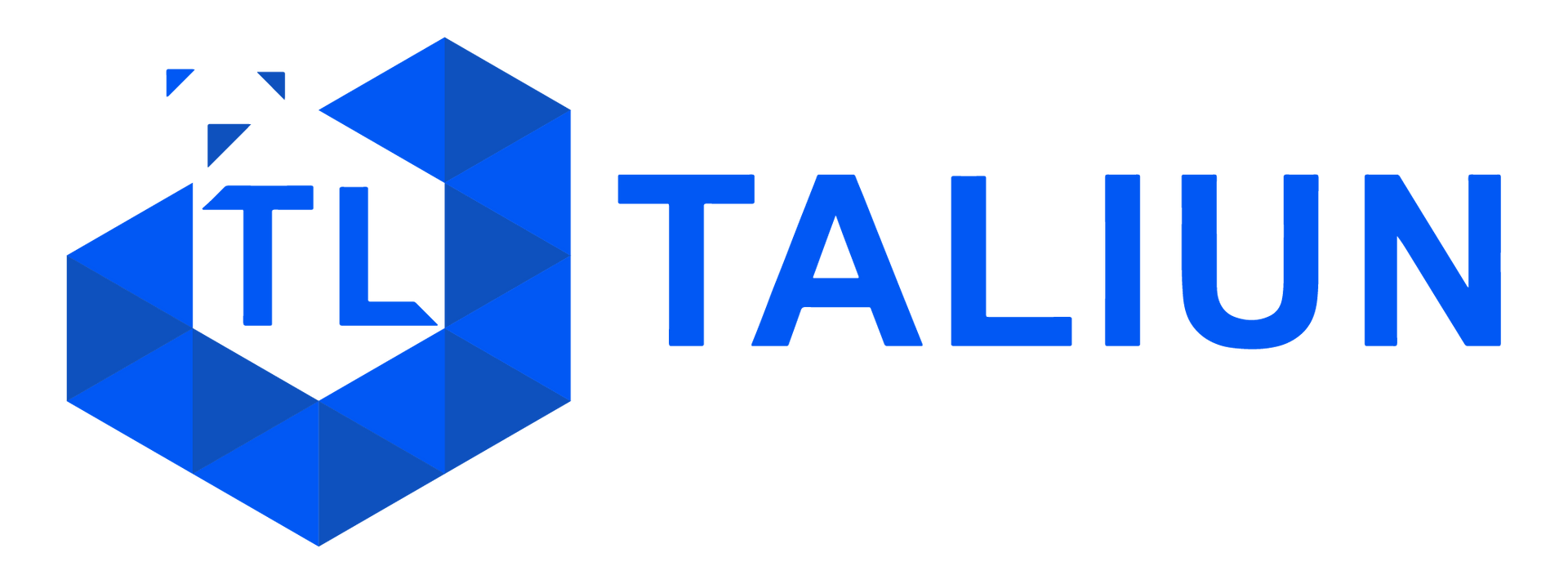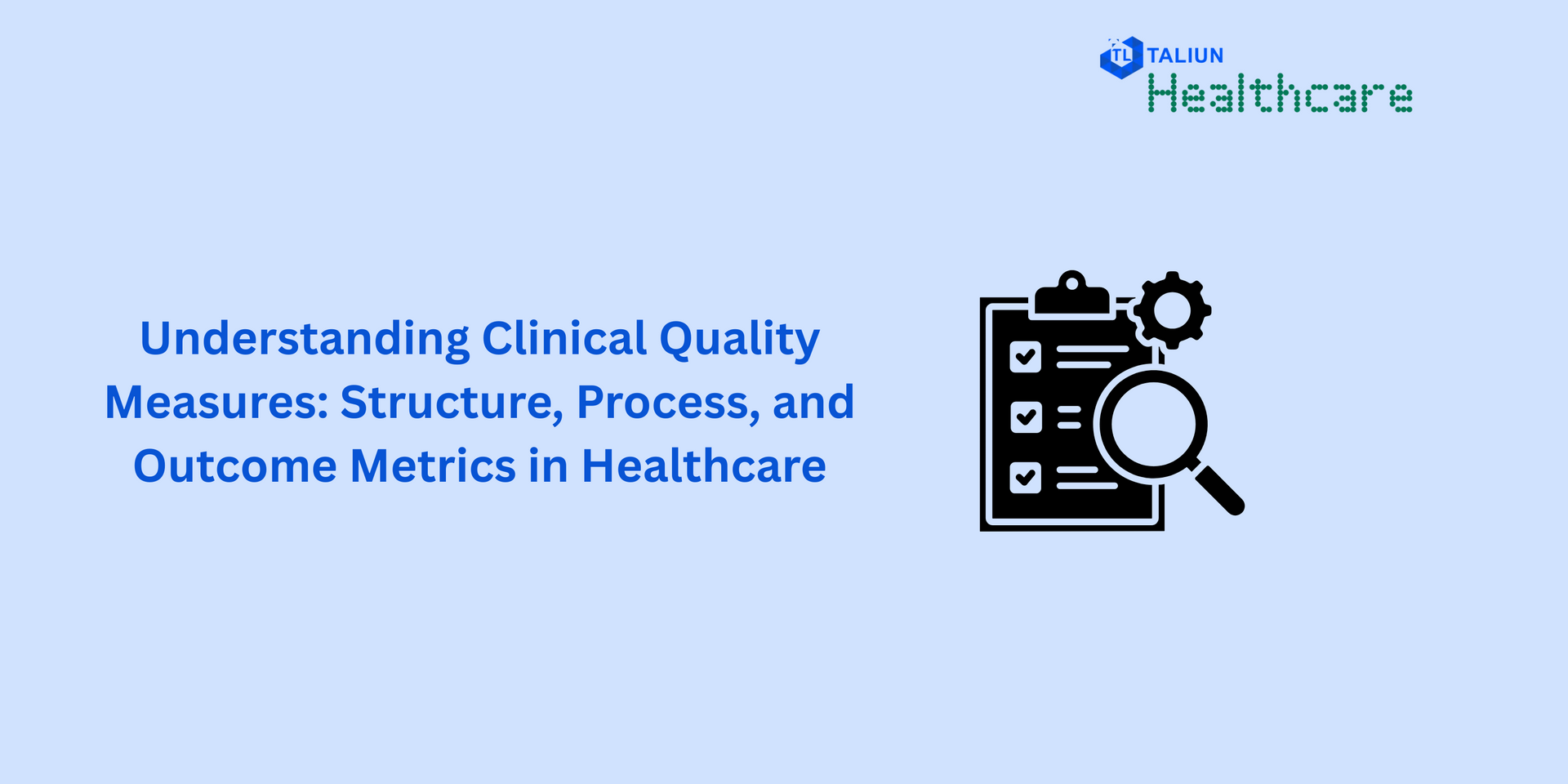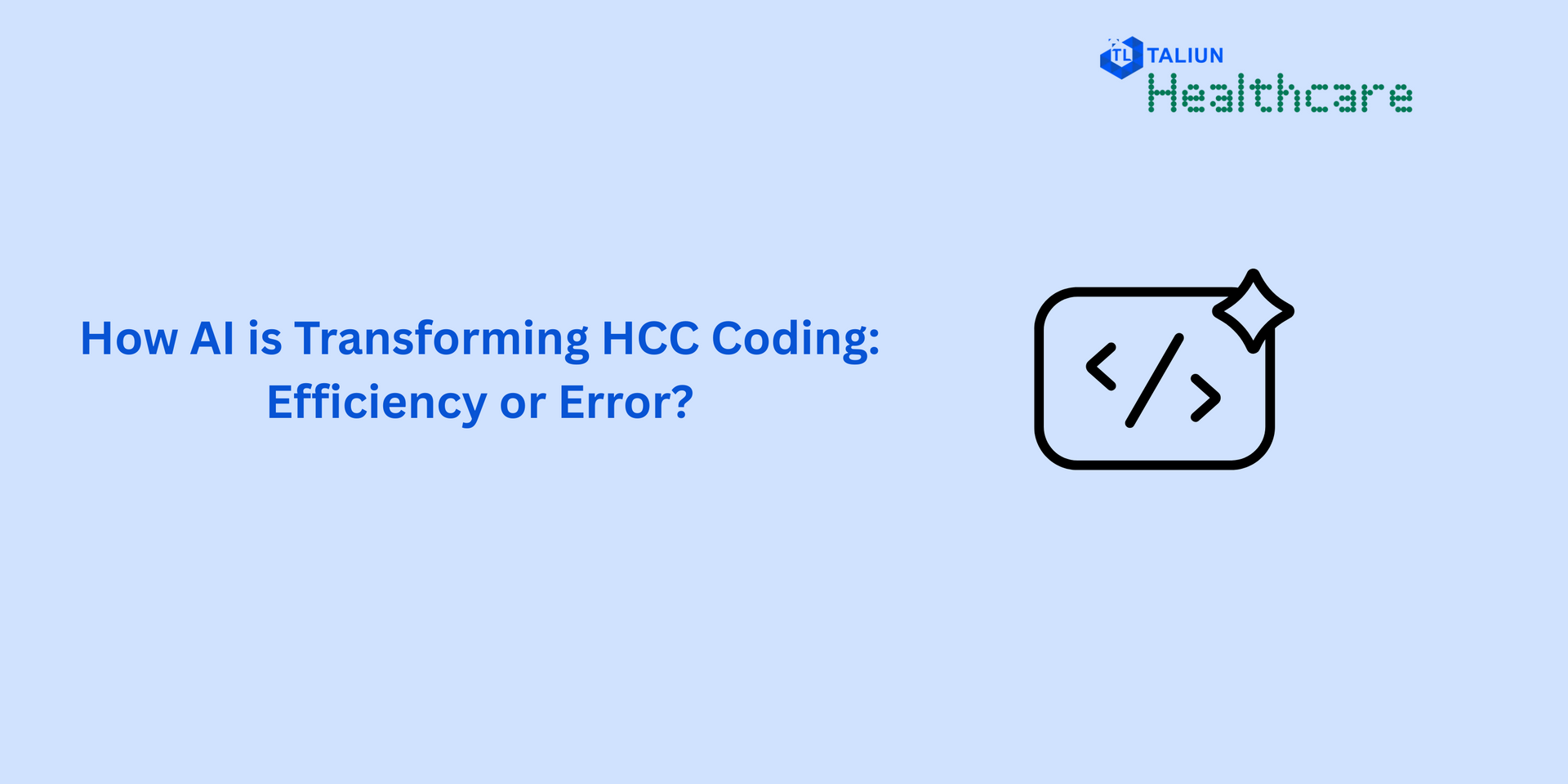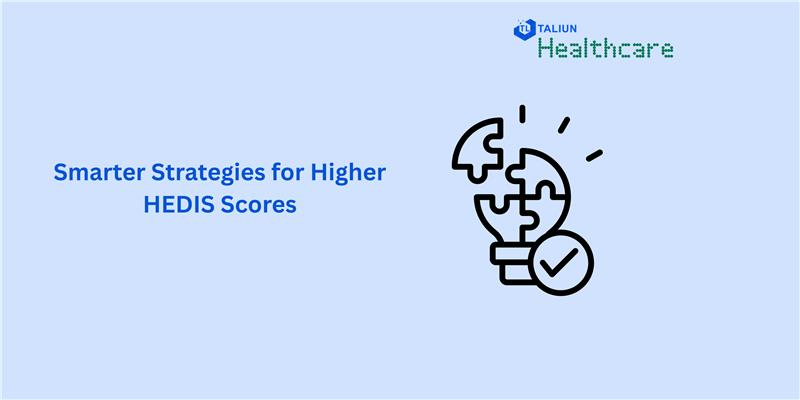What is FHIR? – Everything You Need to Know About Its Benefits and Challenges

As health information interoperability is one of the main initiatives, developers and vendors are paying more attention to the information standards that will empower consistent, on-demand data exchange. The Fast Healthcare Interoperability Resource, regularly known as FHIR, has drastically become perhaps the most mainstream standard for integrating different frameworks other than the traditional way of data exchange using HL7 v2 messages. This blog discusses the importance, benefits, and challenges FHIR brings to the healthcare landscape.
What is FHIR?
FHIR (Fast Healthcare Interoperability Resource) is an interoperability principle that refers to a standardized rule for sharing and exchanging medical information between experts or organizations with the help of different programming which brings about cost-efficient solutions.
FHIR was developed with current web technologies that are presently being used in various enterprises. It is basically focused on streamlining framework integrations with distinct information models and application programming interfaces (APIs) to further develop interoperability.
Why does FHIR matter?
FHIR is significant because it serves the purpose of a connector to connect the gaps between all parties that need instant access to patient information. With information consistently shared through open APIs, patient information can be accessed on the fly so the right decisions are made.
Benefits of FHIR
Patient Empowerment
Let’s discuss patient empowerment first. We generally realize that sharing information with patients allows them to assume greater responsibility for their own healthcare and to make better decisions about their own medical care. From diet and exercise to treatment and relief, more information implies more intelligent consumers.
Smoother Data Sharing
With FHIR, each resource is connected with a special identifier. Just like the URLs to look out for certain specific website pages, regardless of which internet browser or device you have been using, FHIR makes it possible and simpler to get the access to the right set of information from any device or application.
Improved Clinical Treatment
With access to EMR and patient-related information, clinical experts can give better suggestions working on the patient experience. This patient data is deeply significant for research and analysis in the healthcare business. What makes FHIR stand apart from the rest of the data-sharing guidelines is its performance with REST web services. REST can be handily carried out with open source technology cutting the performance costs down.
Challenges of FHIR
Threats for Vendors
Some IT vendors could be compromised by FHIR's capacity to minimize deployment times of significant frameworks like a common health record which would, thus, reduce revenues. Integration providers that advance speed and simplicity of solutions are effectively reassuring FHIR adoption to help the digital transformation.
Cost of Adoption
For mainstream and huge organization adopting an extraordinary standard like FHIR, the issue frequently lies in combining your current standards to the FHIR’s ideas. Similarly, various healthcare providers have invested millions in financing and resource to develop their high development. FHIR could disturb the interoperability framework where standards are presently set up, postponing the acknowledgment of benefits it offers.
Technical Unfit
Numerous healthcare teams are under huge pressure to keep current frameworks performing and responding to momentary challenges. Large-scale IT systems are being tried frequently, yet how does FHIR fit in? Various people connect FHIR Standard with REST standard and as a storage standard for databases, however, there are multiple ways it very well may be used like reports, messages, and services.
Final Thoughts
As the healthcare industry proceeds to radically shift from conventional standards to value-based standards, data interoperability is progressively turning out to be a significant key for providers trying to connect with patients, work on the clinical work processes, and drive better healthcare results.
FHIR is extraordinary compared to other approaches to develop information source access normalization. FHIR saves a lot of the valuable time of healthcare providers on the disrupting process to access patient data and make consistently exceptional suggestions.




